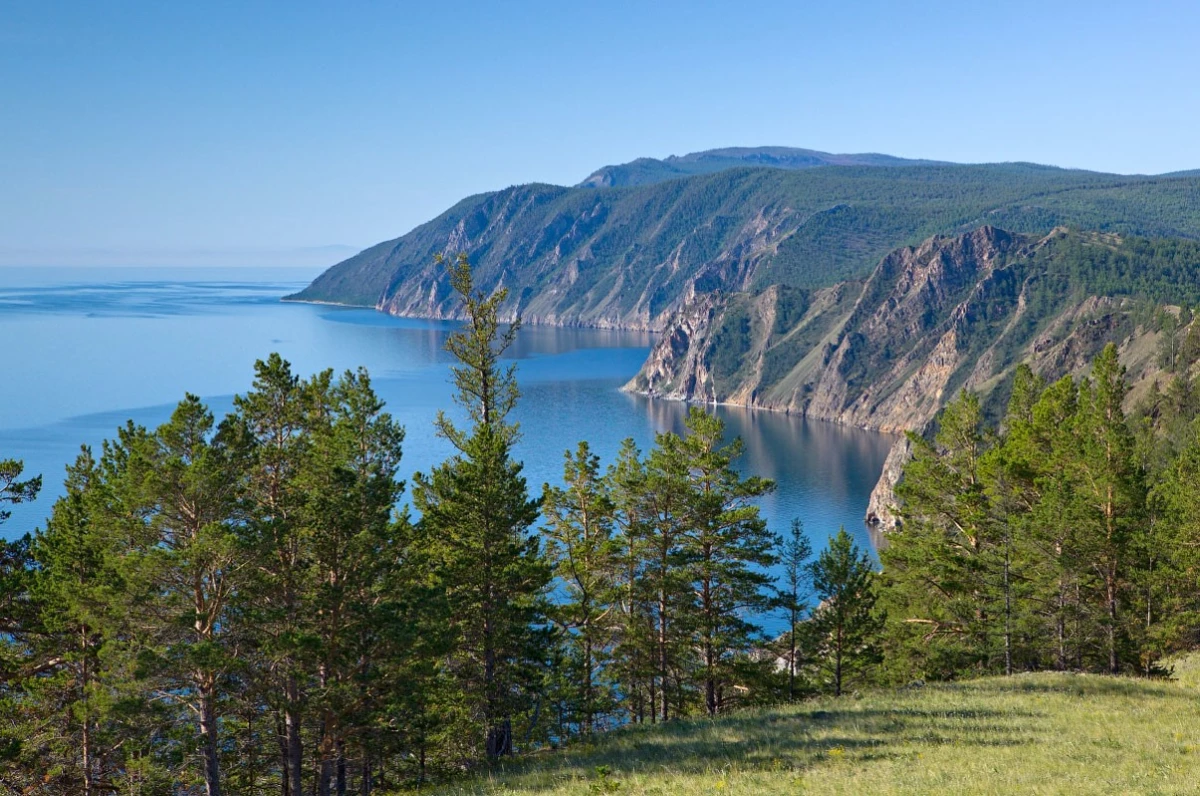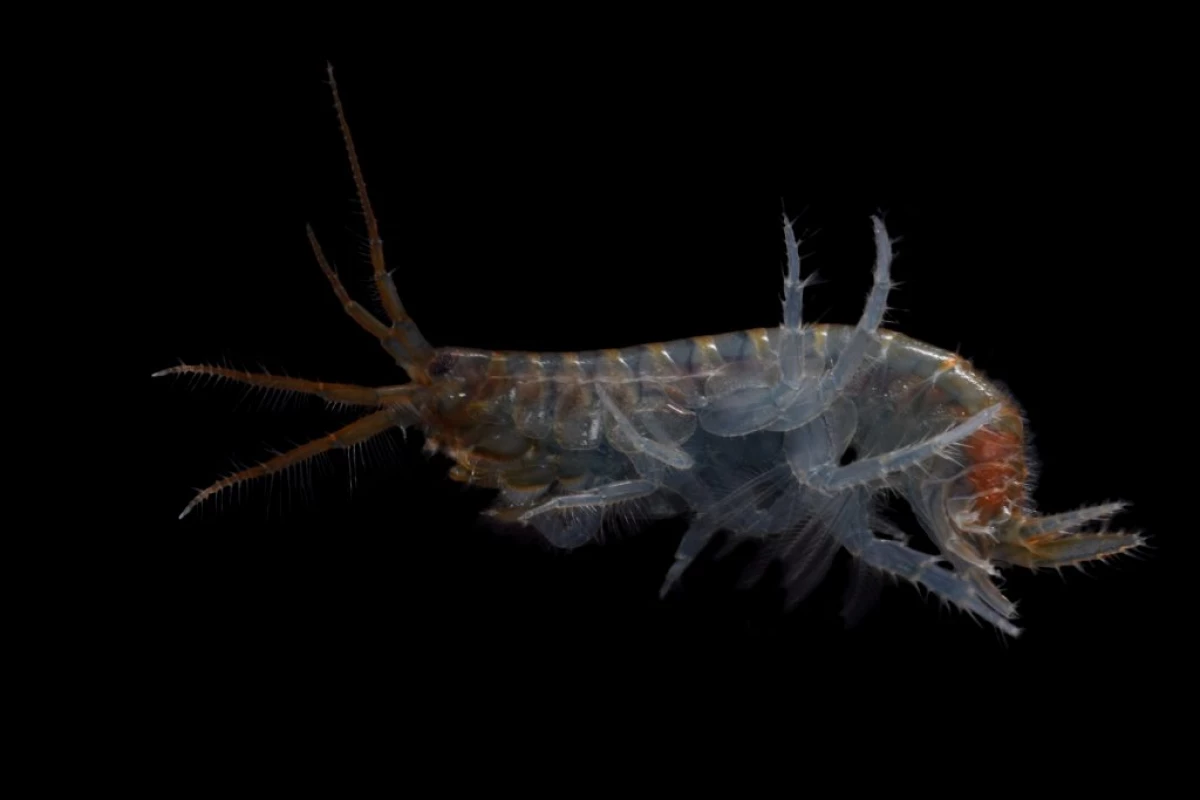
The article is published in the SCIENTFC Reports magazine. Studies are supported by the grants of the Russian Science Foundation (RNF). "For us, people living on the shores of Baikal, it is important to know and understand where and what kinds of which communities will fall first under the onslaught of global climate change. At a minimum, in order for their anthropogenic activities to be additionally not to strengthen these processes, "says Maxim Timofeev, Doctor of Biological Sciences, Project Manager for Grant RNF, Professor IGU, Director of the Scientific Research Institute of Biology IGU.
Endemics are called specific species, childbirth or other taxa plants and animals. Representatives of endemics live in a relatively limited range, sometimes quite small in the area, and are often an essential part of unique ancient ecosystems. Under the influence of climate change and the growing human pressure on nature, endemic species, narrowly adapted to specific habitat conditions, are most vulnerable. They require special attention of scientists and constant environmental monitoring to preserve biodiversity.
Biologists from the Irkutsk State University together with German colleagues from the institutes of the Helmholts association for several years have been studying the features of energy metabolism (metabolism for producing energy) key species of Baikal Bikes, academic amphipoda (amphipoda).
Amphipodes are the largest and most diverse group of species in Lake Baikal (350 species and subspecies), fully consisting of endemics. It has long been used as a model system for environmental and evolutionary research. In a recent study, scientists compared the Coulining Baikal view of Eulimnogammarus Verrucosus with larger-loving relatives - the Baikal Endemic E. Cyaneus and the widespread view-cosmopolitan Gammarus Lacustris.
"Energy metabolism is a key process for living organisms. It is he who largely determines the temperature preferences for cold-blooded. Most modern Baikal endemics arose in the lake when it was already very cold. Therefore, during its development, Baikal endemics have developed specific cellular and biochemical adaptations to these low temperatures. This narrow specialization to the cold affected the work of the metabolic apparatus: the use of various sources of fats, carbohydrates; The works of regulatory enzyme systems are most effective in the low temperature range, "explains the collaborator of the publication and the head of the Russian-German project RNF, the candidate of biological sciences Daria Bedulin.

With increasing temperature, the endemic temperatures are increasing, as in the case of a cooling eulimnogammarus Verrucosus, it turned out to be the most vulnerable: if the thermal-loving species have the activity of metabolic enzymes with increasing temperature, then at a cold-minded form after 15 degrees Celsius begins its oppression. Baikal researchers are well known that during the periods when the temperature in the coastal zone of Baikal reaches 15 degrees, the adults of Eulimnogammarus Verrucosus are massively migrating to the depth - where the fold is. Cellular mechanisms that determine this need become clear.

"What gives this one seemingly a particular case for understanding a more general picture of what is happening on Baikal and forecast for the future? The studied chilute appearance amphipod is the most massive in the zone of shallow water throughout the lake - and in size and biomass. Like Eulimnogammarus Verrucosus, the overwhelming part of the invertebrate Baikal fauna also refers to cold-hoc endemics - sneathetermammes with a narrow range of optimal temperatures. It is important to take into account the fact that during the global climate change, the temperature regime of Baikal waters changes towards heating. For example, the surface waters of the lake over the past half century launched more than one degree. We know from another study of our institute - a draft long-term monitoring of Pelagiel Lake Baikal "Point No. 1", "Maxim Timofeev shared.
It is important to note that the greatest risks refer to the temperature regime of the shallow coastal zone of Lake Baikal. In recent years, cases of significant waters are raising and there is an increase in average temperatures in these areas. This can cause more frequent and more mass migration of dominant cold-tech endemic species, which, in turn, liberate environmental niches for the instill of the species of non-Baikal origin and can potentially lead to a significant restructuring of the nature of the coastal communities of the lake.
These risks require continuous monitoring and adequate impact assessment - both on the ecosystem and on the metabolic level, each group of endemics. Cases of penetration of atypical for the Baikal of species and their mass distribution (which means that the aboriginal squeezing) are already known. For example, Limneid's Snails (Lymnaeidae) have already become quite ordinary, and sometimes the dominant group of mollusks not only in shallow water, but also on a number of rocky and climbish coasts "Typical Baikal". "Previously, such an introduction of universal types was almost impossible due to the adaptive superiority of endemics.
However, this superiority works only within the temperature and other modes optimal for Baikal species. The output of endemics depresses the metabolic processes of endemics, and, as shown in the example of Eulimnogammarus Verrucosus, leads to the weakening of the competitiveness of these species and the subsequent loss of their adaptive advantages, "says Maxim Timofeev. Studies were conducted in conjunction with colleagues from the Institute of Polar and Marine Studies named after Alfred Vegener (Bremerhaven, Germany), University of Leipzig (Leipzig, Germany), Helmholts Environmental Research Center (Leipzig, Germany) and Institute of Mathematics and Natural Sciences Max Planck (Leipzig, Germany ).
Source: Naked Science
